Spray painting is a popular method to color and finish a wide variety of materials, but can this technique be used on paper mache? This question often arises among craft enthusiasts and artists alike who regularly work with this versatile and affordable medium. In this article, we will delve into the art of spray painting paper mache. We’ll explore the intricacies of the process, discuss potential challenges, and provide practical tips to help you achieve the best results possible.
How Do You Seal Paper Mache Before Painting?
To ensure optimal results when using spray paint on paper mache, it is imperative to first seal the surface. This technique aids in achieving a smooth surface and prevents the paint from seeping into the paper, ultimately leading to a refined and polished outcome.
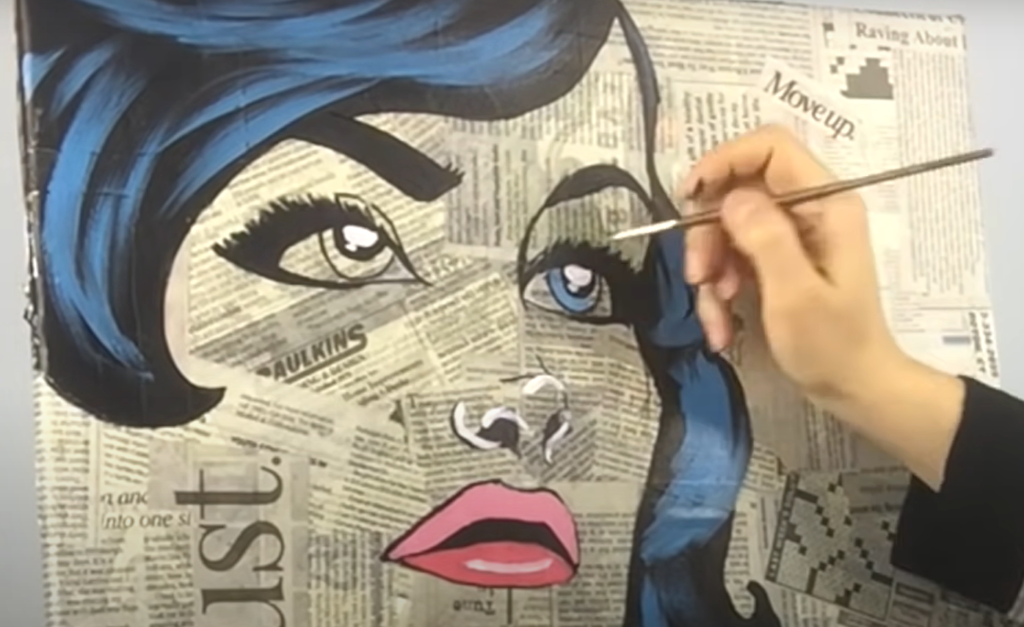
Here’s a simple guide on how to do it.
- Make sure your paper mache work is completely dry. This could take up to 24-48 hours depending on the thickness.
- Apply a sealant to the paper mache. A popular choice among craft enthusiasts is white glue diluted with an equal part of water. Cover the entire surface of your project with this mixture using a paintbrush and let it dry completely. This might take a few hours.
- For a smoother finish, consider adding a second or even third layer of sealant, letting it dry completely between each layer.
How Many Layers Should You Put on a Paper Mache?
The number of layers you should put on a paper mache depends on the project and the level of durability desired.
A good rule of thumb is, the more layers you apply, the sturdier your paper mache will be. However, remember that each additional layer requires more drying time, so plan your project accordingly. [1]What Paint Do You Use on Paper Mache?
When painting paper mache, you have various paint options for different effects. Acrylic paint is popular for its fast drying, vibrant colors, and easy application. It is perfect for paper mache projects, offering a resilient and lustrous final touch. Tempera paint, while not as long-lasting as acrylic, is another option that’s great for kids’ projects because of its washability. For a metallic finish, consider using metallic spray paint. Please ensure that you seal the paper mache before applying any paint, regardless of the type used. As we previously discussed, this step is crucial. This prevents paint absorption by the paper, yielding a polished and professional finish.
How Do You Keep Paint From Cracking in a Paper Mache?
Cracking paint is a prevalent problem when painting paper mache, but you can take several steps to prevent this issue from occurring. Here’s how:
- As previously mentioned, it is crucial to seal the paper mache before applying paint. This process prevents the paint from soaking into the paper, reducing the likelihood of cracking.
- Some paints, like acrylics, are more flexible than others when dry. This makes them less likely to crack when applied to a flexible surface like paper mache.
- Applying thick coats of paint can lead to cracking as the surface layer dries faster than the underlying layers.
- Instead, it is more effective to apply multiple thin coats, ensuring that each coat is completely dry before applying the next one.
- Drying paint too quickly can cause it to crack. Avoid placing your project near heaters or in direct sunlight. Instead, let it dry naturally in a well-ventilated area.
- After the paint is dry, apply a finishing coat, such as a clear acrylic sealer. This will add a layer of protection and help prevent cracks. [2]
Can I Use Chalk Paint on a Paper Mache?
Yes, chalk paint can be used on paper mache. It’s a versatile paint with a matte finish, perfect for achieving a vintage or distressed look on your paper mache project.
Just like with other types of paint, it is crucial to seal your paper mache before applying chalk paint. By taking this step, you can prevent the paint from seeping into the paper, resulting in a refined and resilient surface.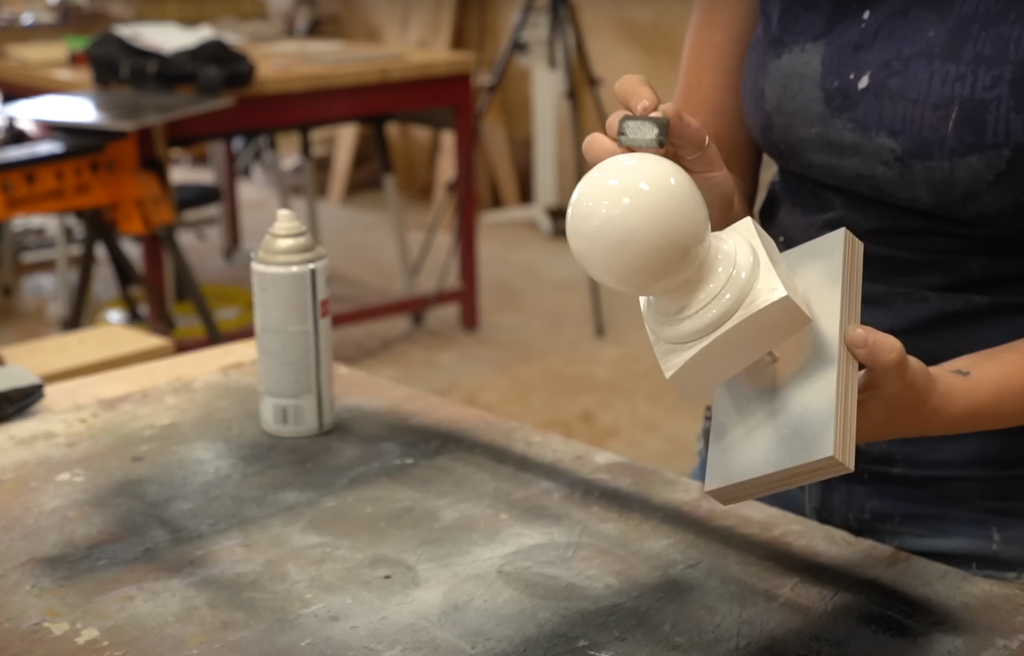
After the paint has dried, you can also consider applying a wax or varnish over the chalk paint to provide added protection and enhance its longevity.
How Do You Make Paper Mache Shiny?
For a shiny finish on your paper mache project, use glossy varnish or clear acrylic spray sealer. Here are the steps:
- Once your paper mache project has fully dried, use a paintbrush to apply a clear, glossy varnish or sealer. Ensure that you cover the entire surface of your project.
- Allow it to dry completely. The duration of the process can vary, ranging from several hours to potentially overnight, depending on factors such as the specific brand and thickness of the sealer being used.
- For an even shinier finish, consider adding a second or even third coat of sealer, allowing it to dry completely between each coat.
Do You Have to Let Paper Mache Dry Between Layers?
Yes, it is generally recommended to let paper mache dry between layers. This allows each layer to harden and provide a solid base for the next one. Letting each layer dry prevents over-saturation and preserves the project’s shape. The drying time can vary based on multiple factors, such as the paste’s thickness, the type of paper utilized, and the environmental conditions present. If you’re in a hurry, you might be able to apply two or three layers and then let them dry all at once, but for the best results, patience is key. Ensure that each layer is completely dry before proceeding to the next one. [3]
Can You Use Watercolor Paint on Paper Mache?
Certainly! Watercolor paint can indeed be used on paper mache, but there are a few key factors to bear in mind. Watercolor paint creates a beautiful, translucent finish that allows the texture of the paper to show through. It’s a great choice if you want to achieve an artistic, hand-painted effect. However, because watercolor paint is water-based, it can potentially soften or warp the paper mache if applied too thickly or in too many layers.
Furthermore, it is important to consider that watercolor paint is comparatively less durable than acrylic or oil-based paints. It is susceptible to scratching and fading over time.How Do You Seal Acrylic Paint on Paper Mache?
Applying a sealant to paper mache projects painted with acrylics is a simple yet impactful step that significantly boosts both the longevity and polished aesthetic of your creation.
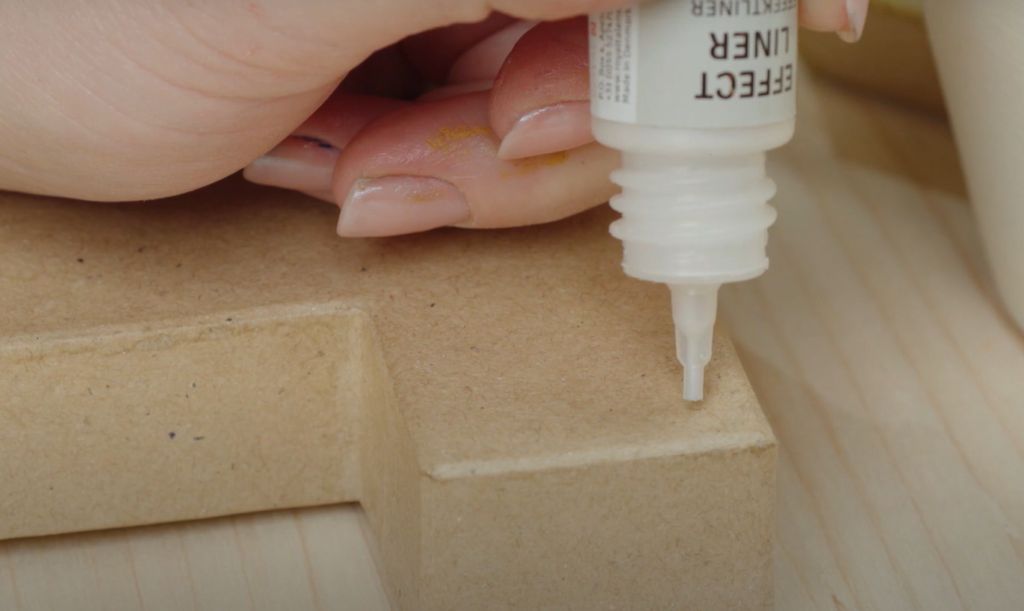
Here’s how you can do it:
- Let the Acrylic Paint Dry Completely: Before sealing, make sure that the acrylic paint on your paper mache project is thoroughly dried.
- Choose a Sealer: Choose a transparent acrylic sealant that is suitable for your specific project requirements. Sealers come in various finishes such as matte, satin, or glossy.
- Apply the Sealer: Using a paintbrush, gently apply a thin layer of sealer onto the painted surface of your paper mache project.
- Let the Sealer Dry: Ensure that the sealer is given ample time to fully dry. This process may require several hours or even extend into the following day.
- Apply Additional Coats if Necessary: For a sturdier or shinier outcome, contemplate the application of extra layers of sealer. [4]
FAQ
What kind of paint do you use on paper mache?
There are a variety of paint types that can be used on paper mache, each providing a distinct finish and texture. Acrylic paint is the most commonly used type due to its versatility and wide range of color options. It dries quickly and provides a smooth, opaque finish. Watercolor paint imparts a delicate translucency, though it may not withstand the test of time as robustly as other mediums. Chalk paint offers a matte finish and is excellent for creating a vintage or distressed look. For a more glossy finish, enamel paint can be used.
What’s the best way to paint on paper mache?
To achieve a flawless and durable outcome, there are several essential steps to consider when painting on paper mache. The following steps outline how to proceed:
- Prime Your Project: To start, apply a primer or sealant to your paper mache project.
- Choose the Right Paint: Depending on the desired finish, you can choose from various paints.
- Apply the Paint: With a paintbrush, carefully apply your selected paint onto the primed surface of your paper mache project.
- Let it Dry: Ensure that the paint is given ample time to thoroughly dry.
- Seal the Paint: After the paint has dried, apply a clear acrylic sealant to safeguard and enhance the final result.
Can you spray paint paper clay?
Spray painting paper clay is indeed possible. Spray paint offers a smooth, even finish and comes in a wide range of colors and finishes. It’s particularly useful for reaching crevices and intricate details that might be difficult with a paintbrush.
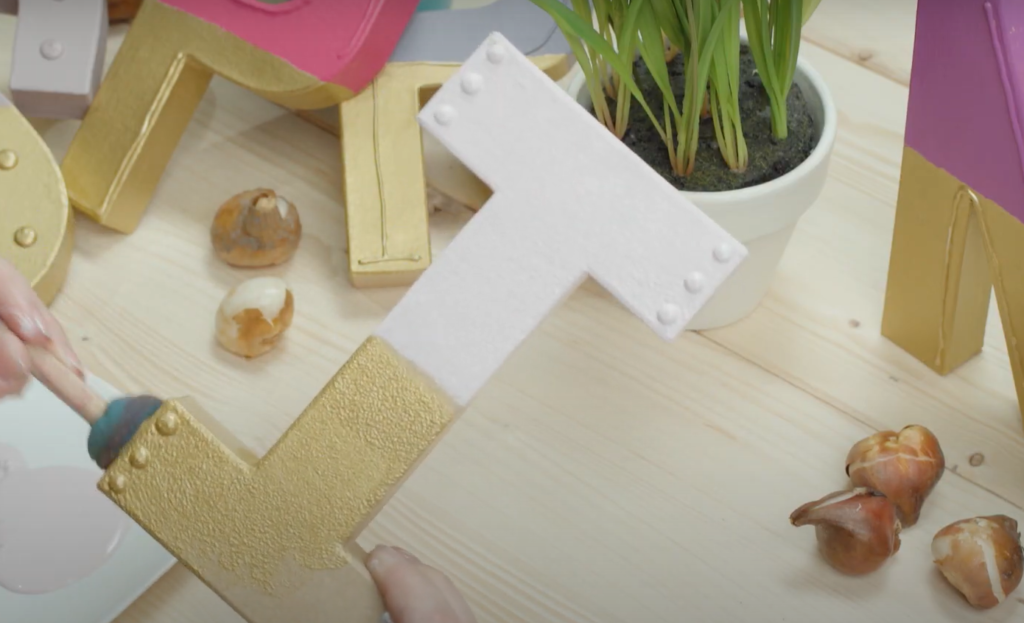
Before spray painting, ensure your paper clay project is completely dry. To avoid the paint from soaking into the clay, consider applying a primer or sealant first. Ensure that you spray paint in a properly ventilated space and take measures to shield nearby areas from overspray. For a durable and professional finish, apply multiple light coats, allowing each to dry before adding the next. Once you finish spray painting, it is recommended to apply a clear sealer to safeguard and enhance the painted surface.
What can I spray on paper mache to make it waterproof?
To waterproof paper mache, use a clear, waterproof sealer like lacquer or polyurethane varnish from craft stores. Here’s how to do it:
- Make sure your paper mache project is fully dry and dust-free before applying the sealer.
- Choose a transparent and waterproof sealer that suits your specific project requirements. Lacquer or polyurethane varnish are commonly used for their tough, durable finish.
- Using a spray can or a paintbrush, apply the sealer in thin, even coats. Cover all surfaces of your project, paying special attention to edges and crevices.
- Ensure that the sealer is given ample time to dry thoroughly. The duration of this process can vary, ranging from a few hours to potentially overnight, contingent upon the specific product and prevailing environmental conditions.
- For a more robust waterproof barrier, consider applying multiple coats of sealer. Make sure to allow each coat to fully dry before applying the subsequent one.
Will paint make paper mache waterproof?
While paint can protect, it doesn’t inherently waterproof a paper mache project. Most paints repel water, but prolonged moisture exposure can cause peeling or soggy paper mache, leading to loss of shape. To improve the waterproofness of your painted paper mache item, apply a clear, waterproof sealer like lacquer or polyurethane varnish over the paint. This forms a protective shield that effectively prevents water from being absorbed.
How do you seal paper mache before painting?
Before painting, it is essential to seal paper mache to achieve a flawless and uniform application of paint. Here are the steps to seal your paper mache project:
- Before sealing, ensure your paper mache project is completely dry. Moisture can affect the sealant’s performance.
Sealants like PVA glue or acrylic medium are ideal for paper mache. They dry clear and are paint-friendly. - Using a paintbrush, apply a layer of the sealant across the entire surface of your project. Be sure to cover every nook and cranny to create a comprehensive seal.
- Allow the sealant to dry fully. The drying time will depend on the type of sealant and the thickness of the application. You’ll know it’s dry when it becomes clear and non-tacky to the touch.
- For added protection, apply a second coat of sealant once the first one has dried.
Does paper mache need to dry before painting?
Paper mache must be fully dry before painting. Painting over wet paper mache can cause problems. Moisture can hinder paint adhesion, resulting in an uneven finish or peeling once dry. Furthermore, the moisture trapped under the paint can cause the paper mache to become moldy over time.

The drying time varies based on paper mache thickness and environmental conditions. Don’t rush this step.
How long to let paper mache dry before painting?
The drying time for paper mache varies based on layer thickness, paste type, and environmental conditions. As a general guideline, it is advisable to allocate a minimum of 24 hours for the drying process of your paper mache project before proceeding with painting. Thicker, more layered projects may require two to three days or even longer. It’s crucial to ensure the project is completely dry before introducing paint, as any trapped moisture can lead to problems such as mold or warping.
Can I paint on paper with acrylic paint?
Yes, you can paint on paper with acrylic paint. Indeed, it is widely favored for its versatility and rapid drying capability. Acrylic paint works well on many types of paper, including watercolor paper, drawing paper, or thick craft paper. It’s essential to ensure the paper you’re using is heavy and durable enough to withstand the moisture of the paint without warping or deteriorating. If you’re planning on using a lot of water with your acrylics, you might want to consider priming your paper with a layer of gesso first.
Can you get acrylic spray paint?
Yes, acrylic spray paint is widely available and ideal for various projects, including paper mache. Acrylic spray paint offers vibrant colors and quick drying time like regular acrylic paint, but in a convenient aerosol form. This allows for a smooth, even application without the need for brushes or rollers, making it particularly useful for covering large areas or achieving a specific texture. It also works well for reaching into tight spaces or adding a final varnish to a completed piece. When using acrylic spray paint, ensure proper ventilation and protect surrounding areas from potential overspray, just like with any other type of paint.
Useful Video: How To Paper Mache – FLOUR VS GLUE 📍 How To With Kristin
Conclusion
In conclusion, paper mache is a versatile medium that lends itself well to painting, provided the proper steps are followed. To achieve a successful outcome, it is crucial to ensure that the project is completely dry before painting, properly seal the paper mache, and select the appropriate paint, whether it is acrylic paint or acrylic spray paint. These steps are pivotal in ensuring a favorable result. Moreover, a clear waterproof sealer can enhance the durability of painted paper mache, making it more resistant to moisture. By adhering to these guidelines, you can enjoy the creative process and produce vibrant, long-lasting paper mache artwork.
References:
- http://manningkrull.com/manningmakesstuff/spray-painting-tips-for-paper-mache-projects/
- https://www.nevuefineartmarketing.com/best-paint-for-paper-mache/#:~:text=Any%20paint%20you%20can%20apply,are%20the%20most%20popular%20choices.
- https://craftknights.com/what-kind-of-paint-do-you-use-on-paper-mache/
- https://craftingwithchildren.com/2022/09/27/what-is-the-best-paint-to-use-for-papier-mache-revealed/


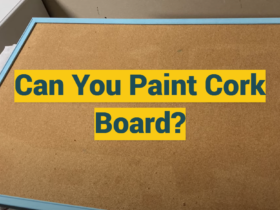
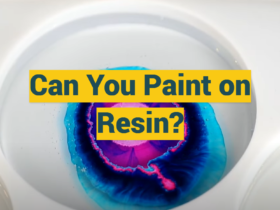
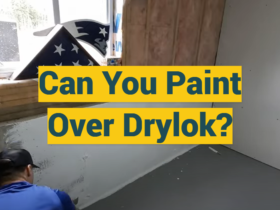
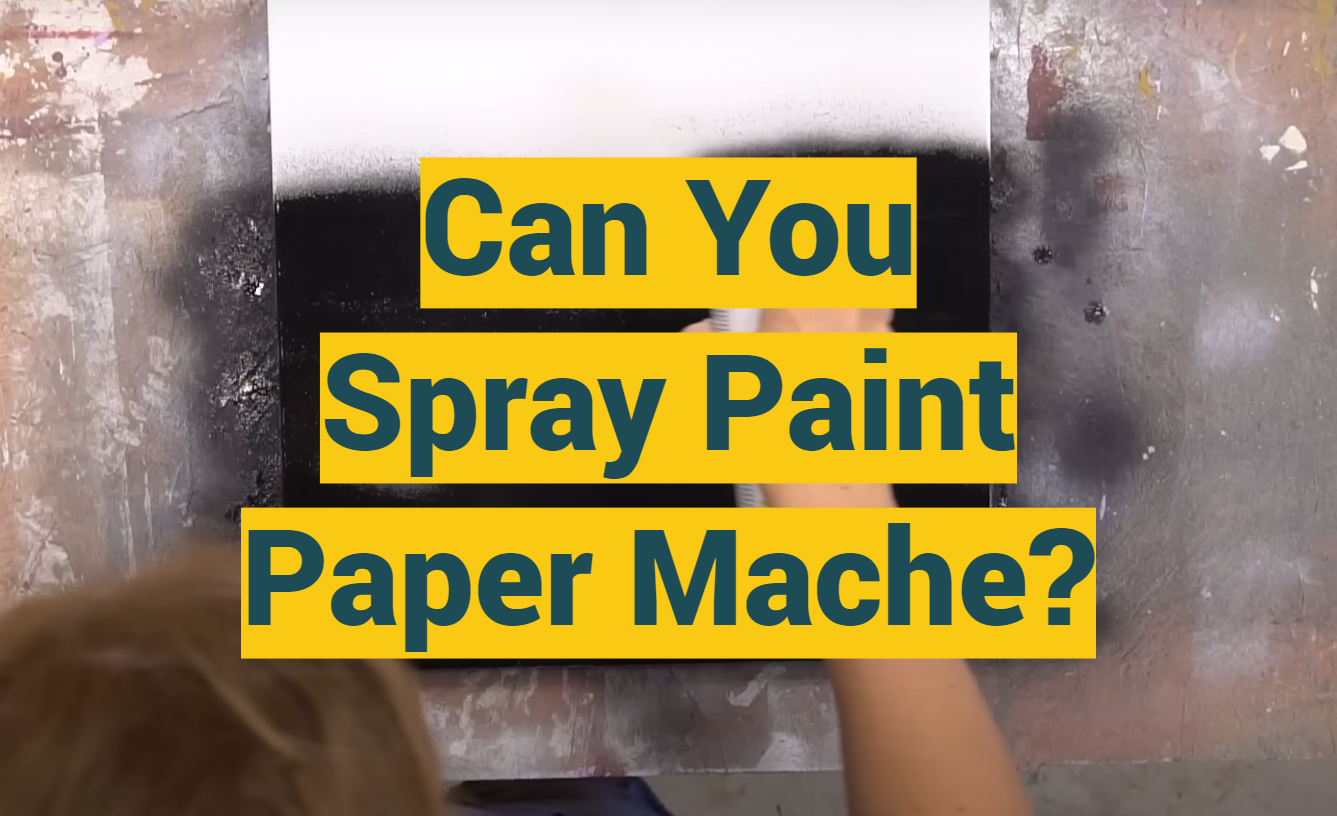

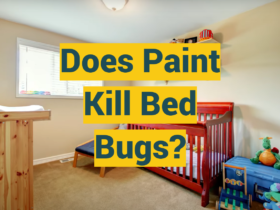
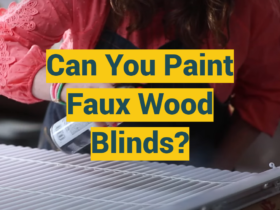
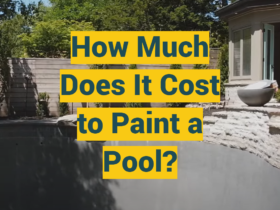
Leave a Review